Repair vs replace: when is it better to change a luminaire?
A luminaire can stop working for multiple reasons: burnt-out bulb, loose contact, damaged part, or outdated design. But should you always opt for repair, or invest in a new model? In this guide, we help you make the right choice between repairing a luminaire and replacing it, based on economic, aesthetic, and safety criteria.

Why does a luminaire fail?
Before deciding to change a luminaire, it is essential to understand why it no longer works. Causes can be mechanical, electrical, or aesthetic. A loose connection, a worn socket, an incompatible dimmer, or a damaged cable can, for example, cause a failure. Sometimes, the lampshade or structure deteriorates, which affects the visual aspect without preventing lighting. Precisely identifying the problem's origin helps determine whether a simple repair is possible or if replacement is the best solution.
Component wear

Damaged sockets, weakened cables, or end-of-life LED modules are frequent issues. This gradual wear often leads to a LED luminaire failure after several years of use.
Electrical problems
A loose contact, incompatibility with a dimmer, or a faulty switch are common causes. In some cases, the failure may come from a burnt-out bulb or luminaire that just needs replacing.
Aesthetic or mechanical defects
A damaged lampshade, a bent base, or an unstable fixture do not always compromise safety but can harm the harmony of your interior.
Repairing a luminaire: in which cases is it possible?
Repair is often a relevant option when it comes to simple defects like a bulb to replace, a loose cable, or a faulty switch. In this case, there is no need to replace the entire luminaire: a small intervention is enough to bring it back to life and avoid unnecessary expenses. However, if the model includes soldered LEDs or hard-to-find parts, repair can quickly become less worthwhile.
Simple problems
Changing a bulb, replacing a cable or a switch are accessible tasks. In this case, it is better to repair a broken lamp rather than part with it.
The economic benefit
Repairing usually costs less than buying new, especially if the luminaire is of good quality. A simple bulb replacement thanks to our selection of LED bulbs can be enough to extend its lifespan.
The limits of repair
Some cases justify replacement: unavailable parts, too high cost, or irreparable integrated LED. When the fault is too complex, it is better to replace the luminaire to avoid further expenses.
Replacing a luminaire: good reasons to do it

There are several situations where replacement becomes preferable to continuing repairs. This is especially the case when a model no longer meets current safety standards, consumes too much energy, or no longer fits your decor style. Replacing also allows you to benefit from innovations such as high-efficiency integrated LEDs or connected systems. Finally, if spare parts are unavailable or the repair cost exceeds that of a new model, it is better to replace the luminaire to ensure reliable, aesthetic, and efficient lighting over time.
Improve energy efficiency
Switching to modern models equipped with LEDs helps reduce consumption and improve lighting comfort. Unlike older technologies, LEDs offer much higher efficiency: they consume very little electricity while producing powerful and uniform light. Replacing an old luminaire with a recent model can thus halve the energy bill, while extending the lighting's lifespan and limiting maintenance.
Security
An old luminaire may no longer comply with current electrical standards. In these cases, knowing when to change the luminaire is essential to ensure safety. LED ceiling lights or design wall sconces offer a reliable and modern alternative.
Modernize the design
Beyond the technical aspect, replacing an old model allows you to renew the ambiance of your room. Discover our selection of design pendant lights to give your spaces a contemporary style.
Repair or replace: how to decide?
The decision is based on a balance between three main criteria: cost, safety, and aesthetics. If the repair is inexpensive and poses no electrical risk, it is generally the best option. Conversely, when a problem affects an integrated LED, safety standards are no longer met, or the luminaire's design no longer matches your desires, it is better to consider replacing the luminaire. In practice, it is about finding the right balance between extending the life of a model and investing in a more modern, safe, and suitable solution for your interior.
Practical cases
- A pendant light with a worn cable: a simple repair is usually sufficient, often involving replacing or tightening the wire without changing the entire luminaire.
- A defective integrated LED wall light: in this case, since the LED cannot be replaced separately, a complete replacement is recommended to restore optimal and safe lighting.
- A high-end vintage luminaire: repair is preferred, as it is a valuable or characterful object whose restoration preserves authenticity and unique design.
Practical advice before deciding

Before investing, check compatibility with your electrical installations and safety standards. Also consider comparing the cost of a repair with that of a new luminaire. If in doubt, do not hesitate to consult a professional.
Frequently Asked Questions
Questions about repair and replacement often arise when a luminaire breaks down. To help you see more clearly, here are answers to the most frequent questions, whether about safety, feasibility, or practical choices.
Can an integrated LED lamp be repaired?
In most cases, no. Integrated LEDs are not designed to be replaced individually. It is therefore better to opt for a complete replacement.
Is it dangerous to continue using a damaged luminaire?
Yes, especially if cables or connectors are exposed. This can cause a short circuit or fire risk.
Who can repair an antique luminaire?
Electricians or craftsmen specialized in luminaire restoration can intervene, especially for vintage or high-end models.
Is it mandatory to replace a faulty luminaire?
No, it depends on the fault. A burnt-out bulb or a worn cable can be easily repaired. However, an issue with an integrated LED or a major electrical defect often requires replacement.
Conclusion
The rule is simple: repair the luminaire if the fault is minor, replace the luminaire when it is a matter of safety, energy efficiency, or aesthetics. To modernize your spaces, discover our collection of indoor luminaires and outdoor luminaires that combine style and performance.

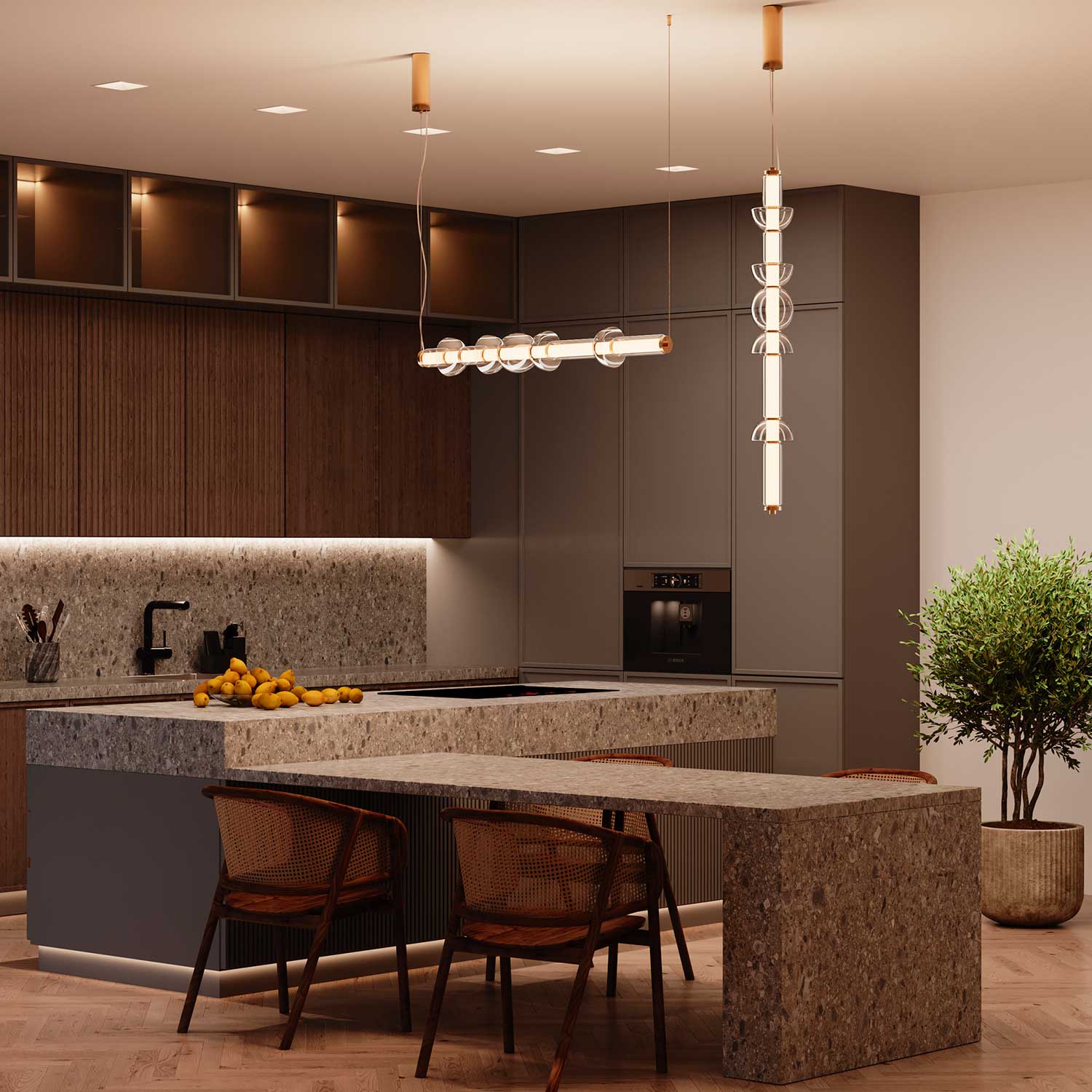
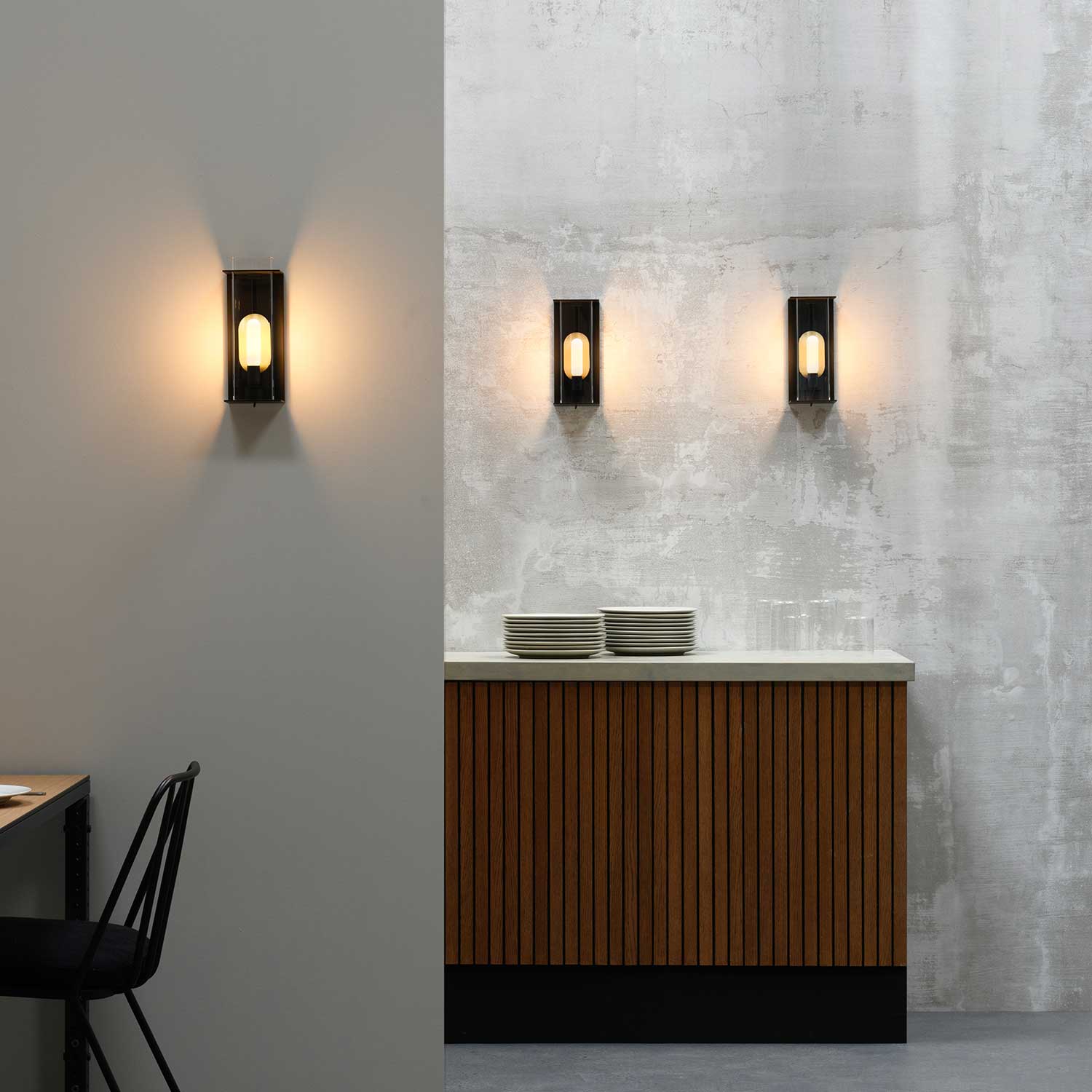
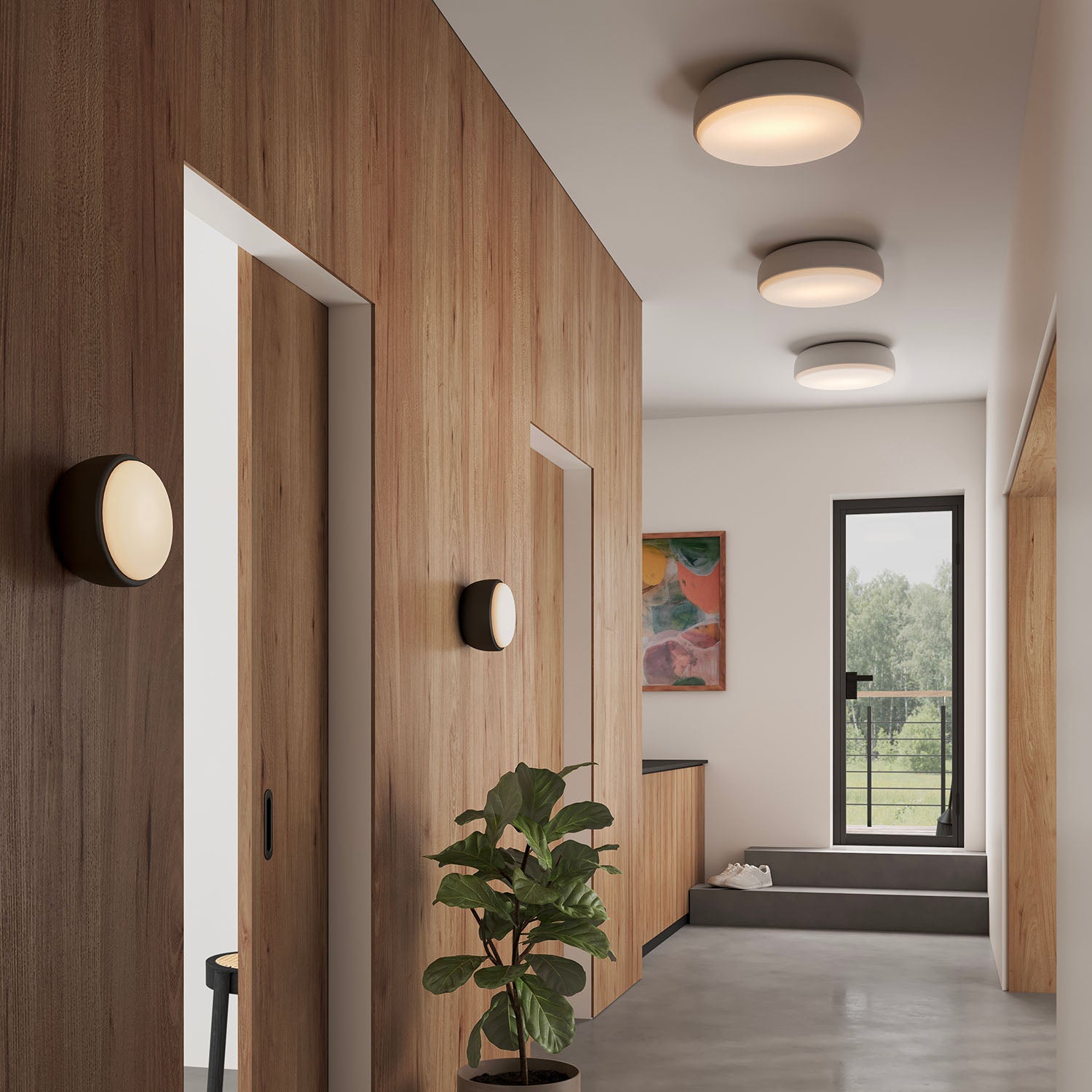
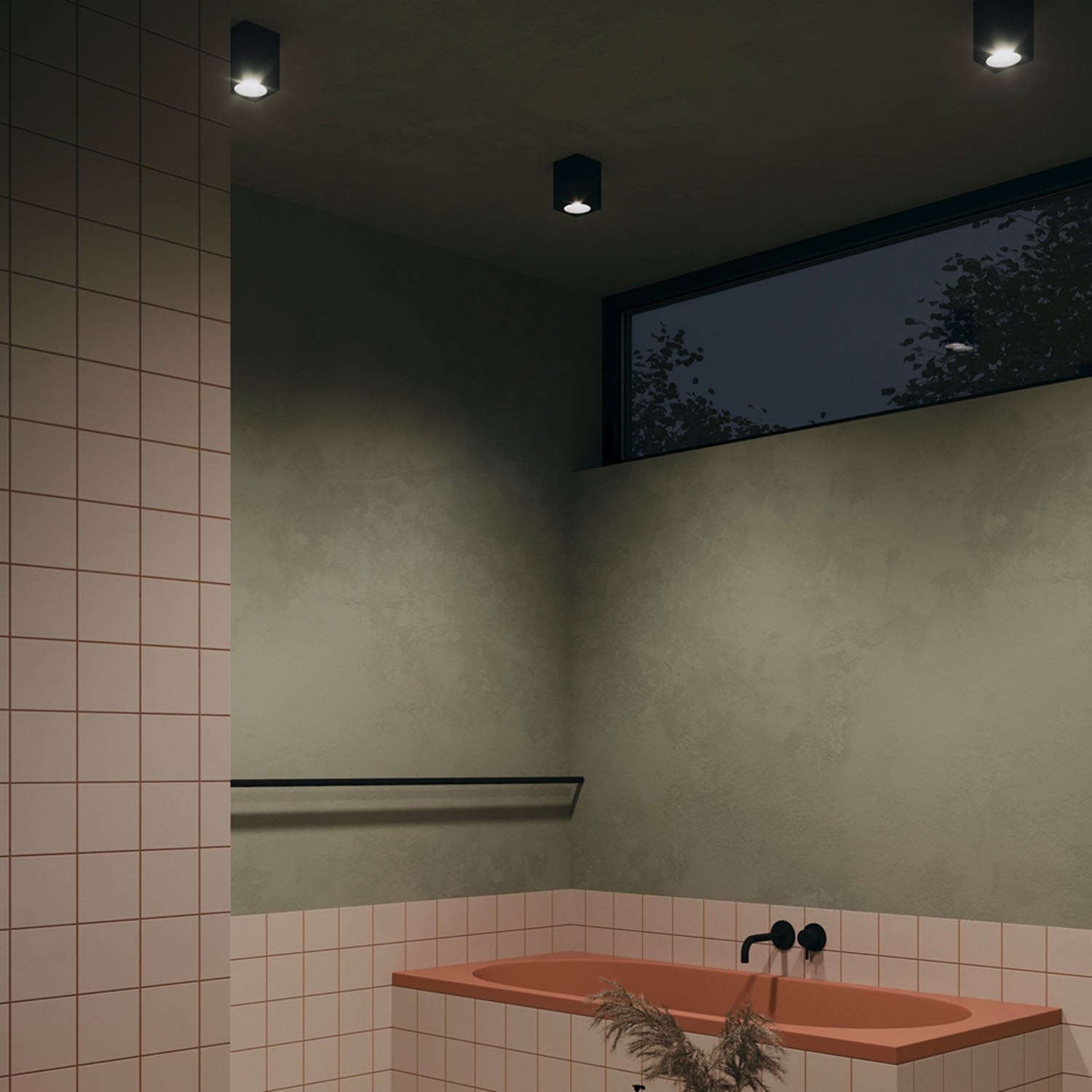
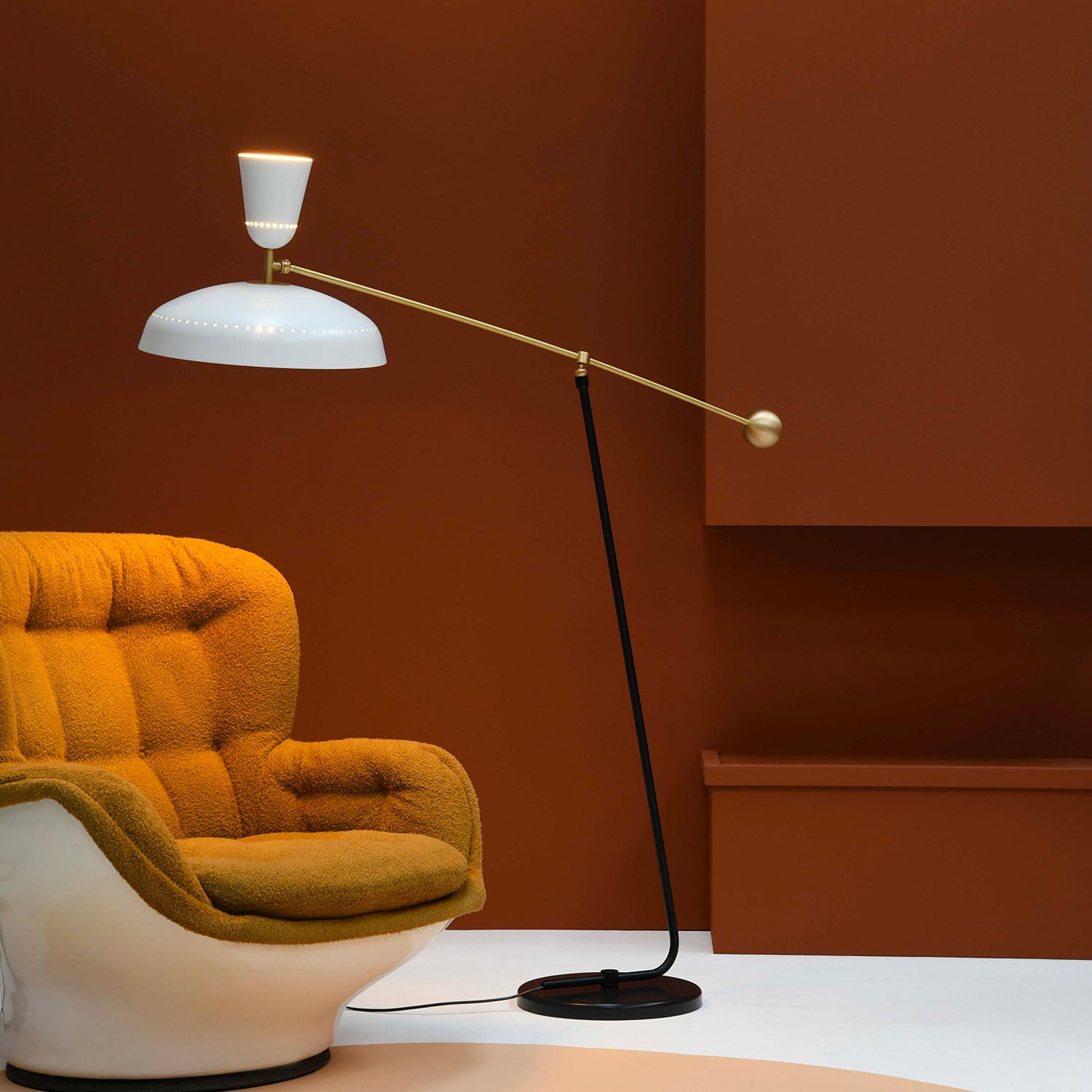


Leave a comment
This site is protected by hCaptcha and the hCaptcha Privacy Policy and Terms of Service apply.